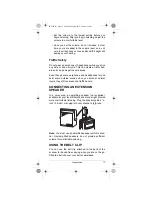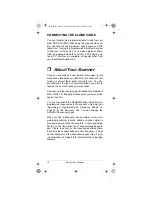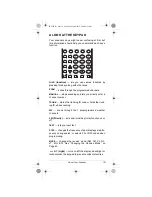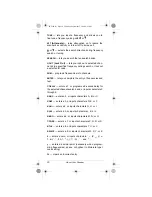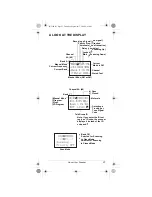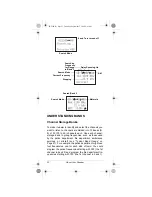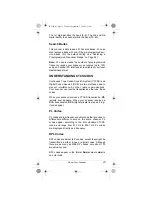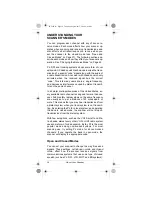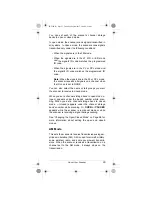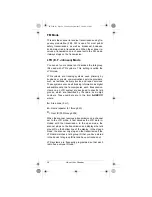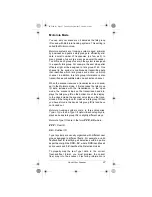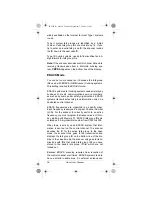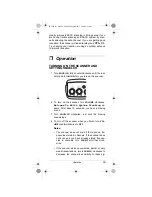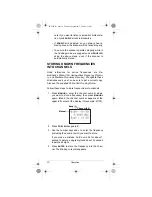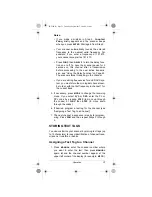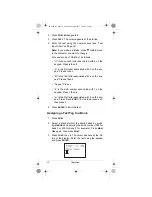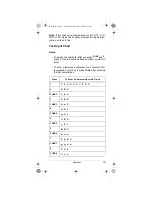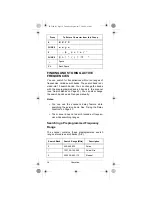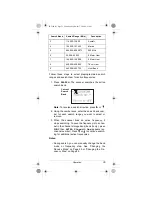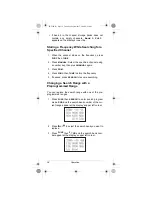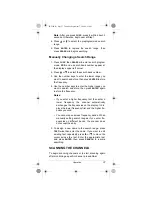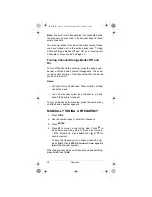
23
About Your Scanner
The 1st digit identifies the bank (0–9). The 2nd and 3rd
digits identify the channel within the bank (00–49).
Search Banks
This scanner is able to search 10 search banks. You can
also replace a bank with one of the pre-programmed ser-
vice bands. (For the default setting, see “Searching a
Preprogrammed Frequency Range” on Page 34.)
Note: You can increase the number of preprogrammed
frequency ranges your scanner can receive (up to 100)
using an optional PC interface kit (available at your local
RadioShack store).
UNDERSTANDING CTCSS/DCS
Continuous Tone Coded Squelch System (CTCSS) and
Digital Coded Squelch (DCS) are two methods used to
prevent interference by other radio communications.
Your scanner can receive transmissions that use these
codes.
When your scanner receives a CTCSS transmission,
PL
(private line) appears. When your scanner receives a
DCS transmission,
DPL
(digital private line) and a 3-dig-
it code appear.
PL Codes
PL codes are low-frequency audio tones that are used to
differentiate different users on the same channel. PL
codes appear according to the EIA standard CTCSS
tones, and range from 67.0 Hz to 254.1 Hz. PL codes
are displayed directly as a frequency.
DPL Codes
DPL codes are similar to PL codes, except they might be
transmitted as either tones or digital codes. Although
there are as many as 4096 DPL codes, only about 100
are actually used.
DPL codes appear in the format
Dxxx
, where
xxx
is
an octal code.
20-522b.fm Page 23 Thursday, September 7, 2000 9:41 AM









